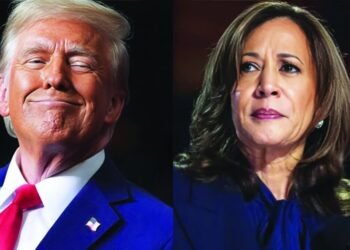When Donald Trump is sworn in as the 47th president of the United States on January 20 next year, one of the first things economists expect him to do is enact at least some of the tariffs he promised while on the campaign trail.
As a candidate, Trump said he would impose 10 percent to 20 percent tariffs across the board on imports, and 60 percent on imports from China.
Economists expect him to start with tariffs targeting a few countries, including China and other trading partners such as Canada, Mexico and the European Union.
“He will at least threaten them with the tariffs and if they don’t negotiate to his liking, Trump will put them on,” Gary Hufbauer, senior fellow at the Peterson Institute for International Economics, tells media.
And while he expects “fairly stiff tariffs” on imports from China, Hufbauer says there will likely be exceptions for billionaires who supported Trump, including businesses like Elon Musk’s Tesla and TikTok.
“How far tariffs go depends on how far President Xi is willing to negotiate with Trump,” he says, referring to Chinese President Xi Jinping.
But it’s not just China.
Trump had promised the European Union would have to “pay a big price” for not buying enough US products. Fears of some of that played out on the European stock markets on Wednesday. German vehicle makers, including Mercedes-Benz Group and BMW, were some of the stocks to feel that fear and lost around 6.5 percent each.
Similarly, Canada, too, is vulnerable to Trump tariffs as 75 percent of its exports are to the US. Trump said last month that he would renegotiate an existing US-Canada-Mexico pact known as USMCA and would “have a lot of fun” doing that.









 United Arab Emirates Dirham Exchange Rate
United Arab Emirates Dirham Exchange Rate